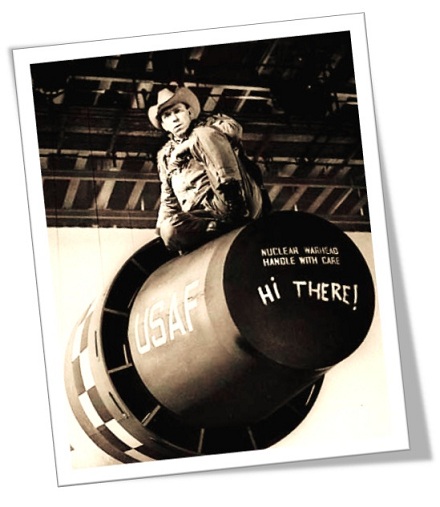I will be presenting at the 2011 BSidesSanFrancisco conference:
“Dr. Stuxlove or: How I Learned to Stop Worrying and Love the Worm”
When: 4pm, Tuesday, February 15, 2011
Where: Zeum, 221 Fourth Street, San Francisco
Cost: Free (as always!)
RSVP: http://bsidessf.eventbrite.com
Has our “Human Reliability Program” improved since Stanley Kubrick’s 1964 dark comedy film? What has 44 years of international security, leadership and incident response plans taught us? This presentation gives a look at trends in information security breaches and what really has been changing in order to offer several predictions of how best to prepare for what may be ahead. It then sorts out and clarifies the technical details from the most common and most damaging security breaches. Convergence from the trend data and the technical analysis are then wrapped (and if there is a DJ perhaps also rapped) into a conclusion that might surprise you. As Dr. Stuxlove would say: “the whole point of the Doomsday Malware is lost if you keep it a secret”. Grab your hat, open the bay doors and enjoy the ride.

Copy of Presentation: DrStuxlove.PDF